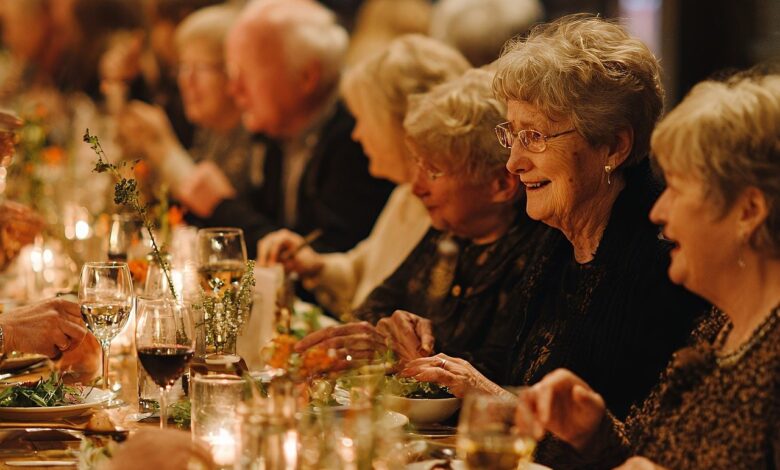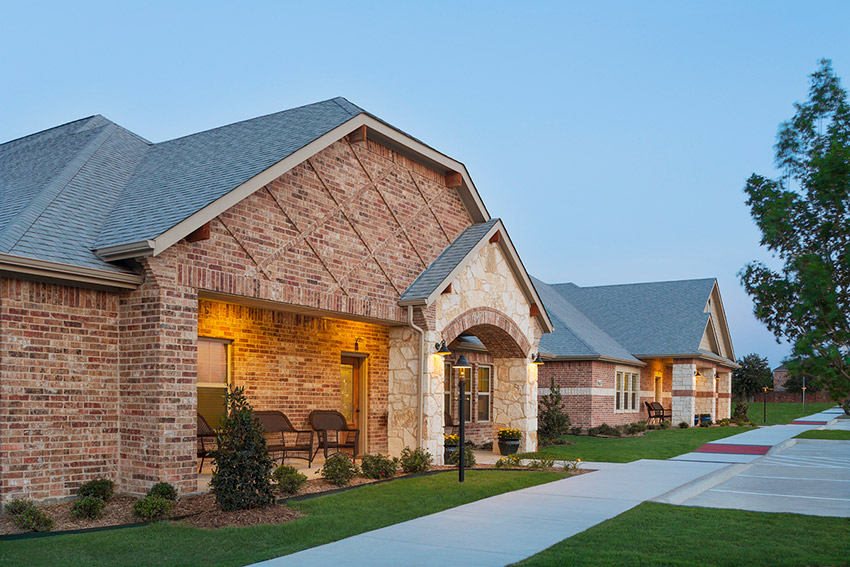
When Mom and Dad Sit Down to Eat at Their Senior Living Community, Don’t They Deserve to Dine with Dignity?
By Daniel Spicer | October 22, 2025
Editor’s Note: This article was written and submitted by senior living culinary executive Daniel Spicer. If you are a senior living executive at an organization or a community with an idea for an article that you’d like to write and publish in Senior Living News you’re welcome to submit your idea or written article to Jim Nelson at jnelson@seniorlivingnews.com. We welcome all ideas relating to senior living.
For too long, senior living communities carried the reputation of serving food that was bland, uninspired, and forgettable. Meals were designed for efficiency, not enjoyment, leaving residents with little choice but to accept mediocrity. But the senior living industry is changing. Across the country, senior living organizations are moving away from the institutional “nursing home” model and embracing a higher standard of hospitality in all areas of their operations and communities. And nowhere is that transformation more important than at the dining table.
I’ve worked in hospitality my entire life. Over 35 years, learning from the ground up. My mother was a professional chef, and I followed her path, working in restaurants, hotels, and country clubs. I never had formal training; I learned by doing, working in nearly every position imaginable until it all became second nature. About 12 years ago, I stepped into the senior living space. At first, I’ll admit, I was drawn by the promise of better work-life balance. But what made me stay was the purpose.
Here, I see the same residents every day, meet their families, and learn their stories. That sense of connection is magnetic. This role isn’t just food service — it’s about dignity, hospitality, and community.
When I joined Agemark, I saw both a challenge and an opportunity. I’m competitive by nature, I wanted to help set a new standard for culinary excellence, not just within our organization, but across the entire industry. When families compare communities, I want them to look at Agemark and say, “That’s the model.” My goal was simple: never settle for “good enough,” never stop moving forward, and always make dining an experience residents look forward to every day.
To achieve this, senior living operators will be forced to reject the old, institutional approach to food. For decades, meals were built around convenience and cost. Processed, frozen, boxed, canned. Whatever provided the cheapest means of feeding residents. But today’s older adults are more health-conscious than ever. They know that fresh, homemade food directly impacts their quality of life. At Agemark, we prioritize seasonal ingredients, freshness, and resource stewardship. Budgets matter, but quality is just as important. With thoughtfulness and creativity, it’s not difficult to prepare nourishing meals that are both exceptional and financially responsible.
The results speak for themselves.
This shift is also why so many new and remodeled communities are embracing things like open kitchen concepts and chef-prepared action stations. When residents can see and smell their food being prepared, anticipation builds. The kitchen becomes the heartbeat of the community, just as it is in most homes. Food becomes personal again.
But dignified dining isn’t only about food, it’s about the entire experience. Beautiful dishware, intentional plating, and attentive staff who know residents by name and remember their preferences. Every detail matters. These touches communicate respect and give residents the kind of experience they’d expect on vacation: choices, interaction, laughter, and memories around the table.
To make that possible, we’ve recruited chefs and team members from the hospitality industry, bringing in a higher level of culinary and service expertise, while also training our existing teams to deliver not just meals, but genuine hospitality.
Hospitality is more than service; it’s how you make someone feel. Anyone can deliver a plate of food. True hospitality is remembering someone’s favorite dish, knowing their story, and treating them like family. In senior living, that opportunity is magnified. We see our residents every day. We know them. That knowledge empowers us to create experiences that are warmer, more personal, and more dignified than what they might find in any restaurant.
The benefits reach far beyond satisfaction. Fresh, well-prepared meals sustain health, giving residents the nourishment to live longer, stronger lives. Just as important are the social benefits: Meals spark conversation, build friendships, and create community. Because dining is never just about calories, it’s about connection.
This is why culinary excellence matters so much to me, and why it matters at Agemark. Residents deserve more than mediocrity. They deserve meals that are fresh, flavorful, and fulfilling. They deserve the same joy and anticipation we all feel when sitting down at our favorite restaurant.
Senior living is changing, and it’s long overdue. The days of institutional cafeteria food should be behind us. The future will be built on hospitality. At Agemark, we are proud to be part of that movement because when dining is done right, our parents and grandparents don’t just eat. They truly dine with dignity.
This article has been lightly edited for style.





